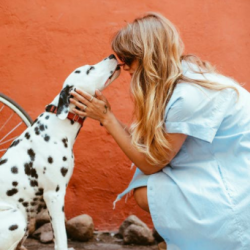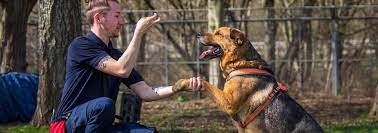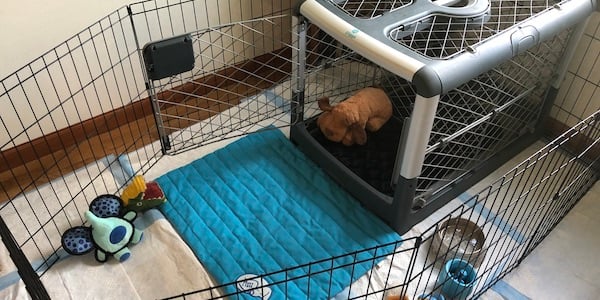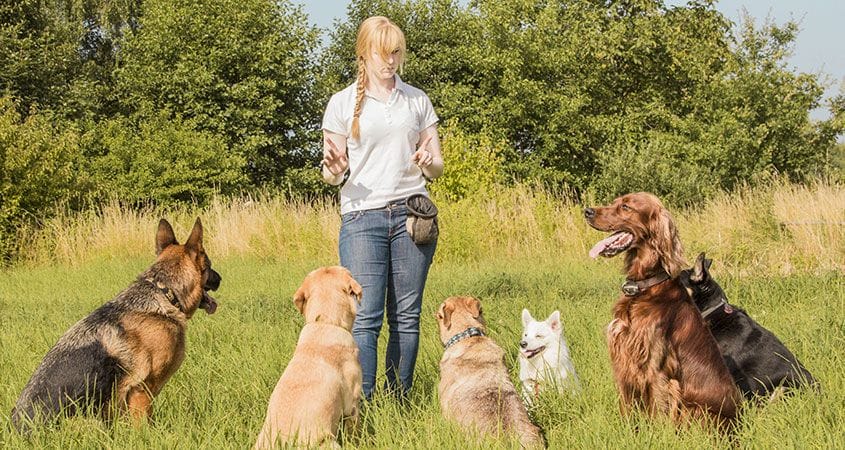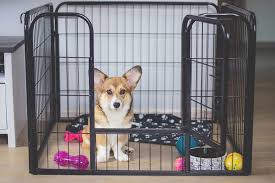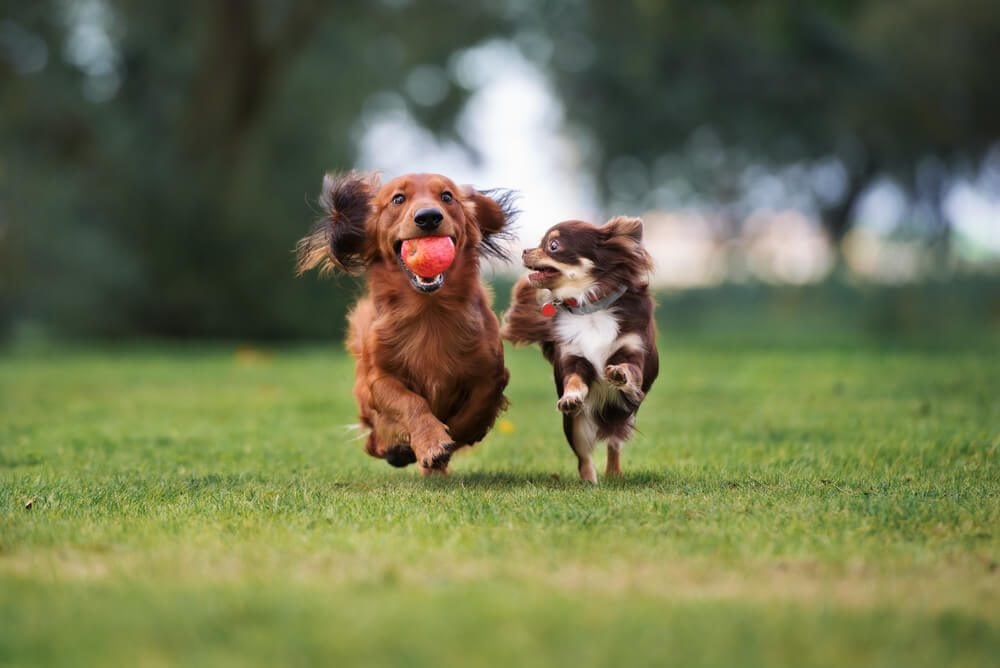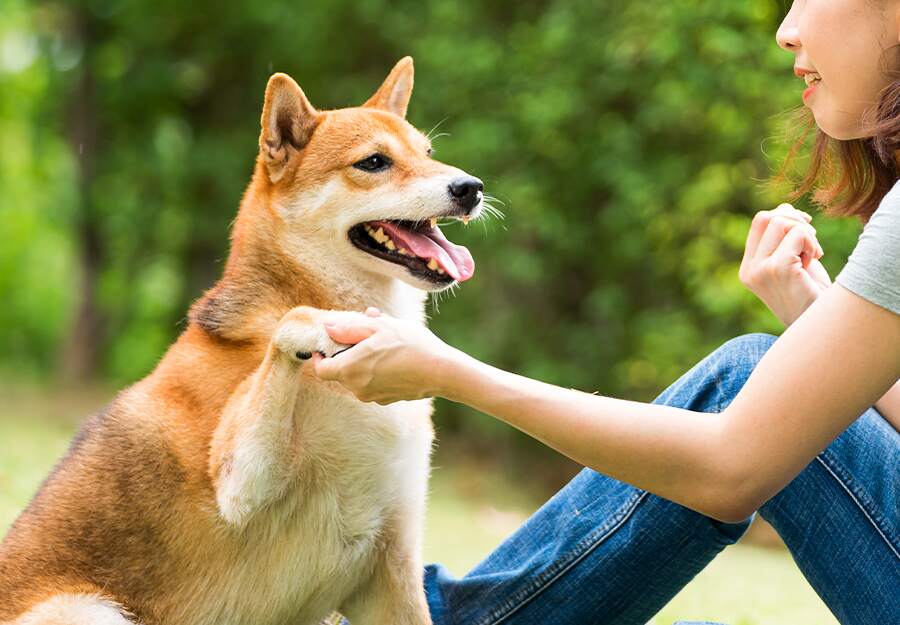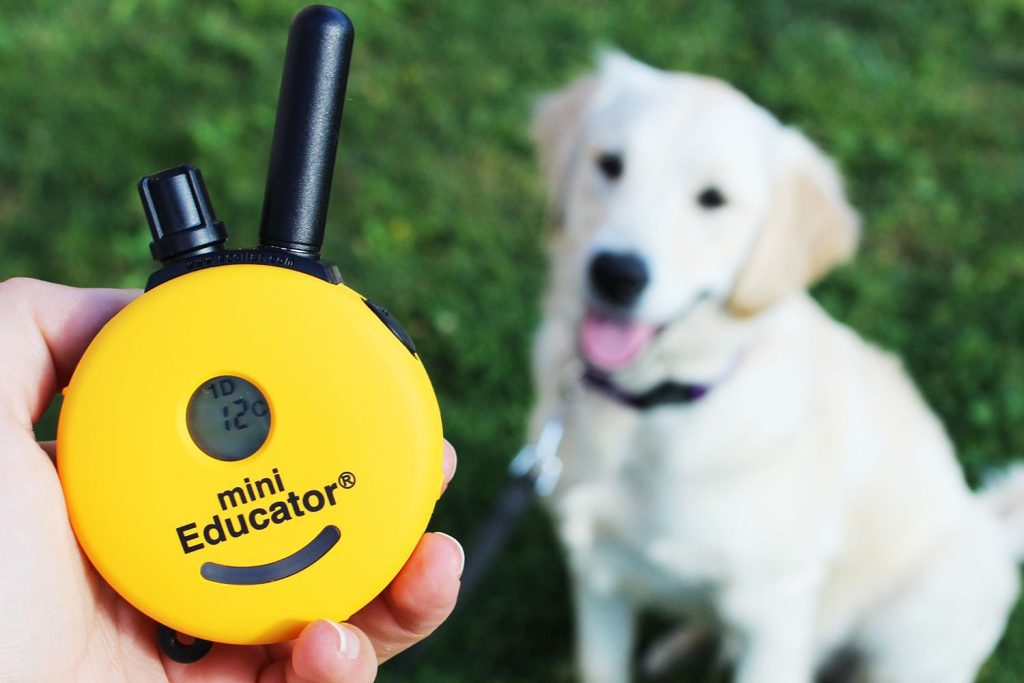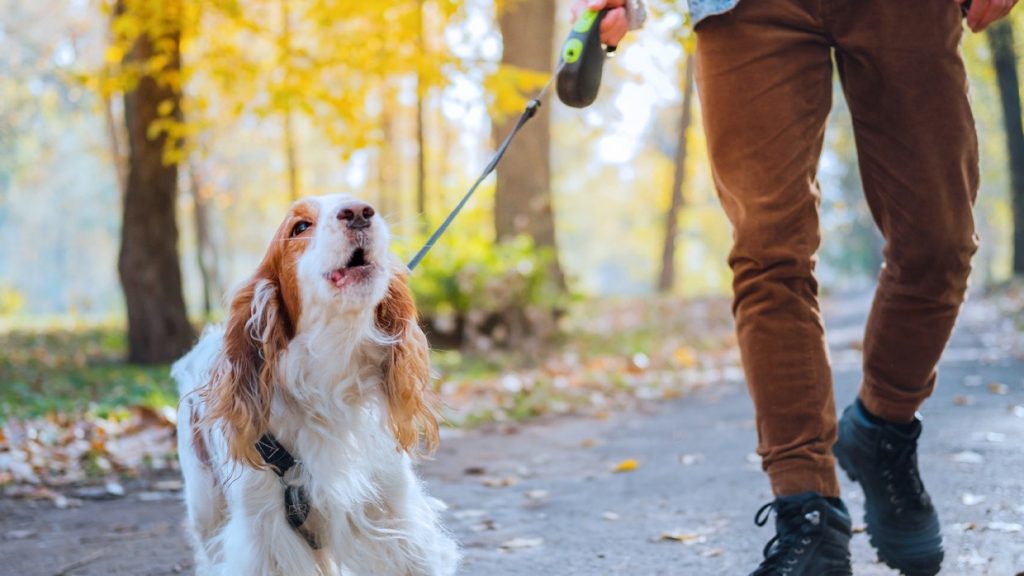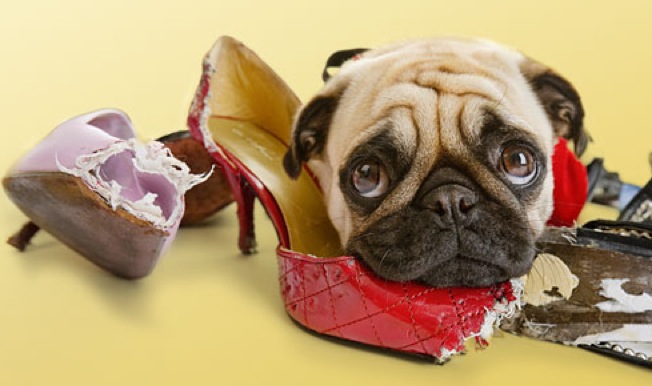
Spiderman Crocs are a fun and stylish accessory for many, but unfortunately, our furry friends might find them equally appealing – as a chew toy! Dogs have a natural instinct to chew, and sometimes, they don’t discriminate when it comes to what they sink their teeth into. If you’ve found your beloved Spiderman Crocs in shreds thanks to your pup’s chewing habits, don’t fret. There are effective ways to redirect this behavior without compromising your shoe collection or your dog’s happiness.
Understanding Why Dogs Chew
Before diving into solutions, it’s crucial to understand why dogs chew. Chewing is a natural behavior for canines. It helps alleviate teething discomfort in puppies, maintains dental health, alleviates boredom, and can be a way for dogs to explore their surroundings. However, destructive chewing can become problematic, especially when your favorite footwear becomes the target.
Steps to Prevent Your Dog from Chewing Up Your Spiderman Crocs
Provide Adequate Chew Toys
Dogs need appropriate outlets for their chewing instincts. Offer a variety of chew toys, such as rubber bones, durable toys, and puzzle feeders. Encourage your dog to focus on these items rather than your shoes.
Supervise and Redirect
When your dog shows interest in your Crocs, redirect their attention to a toy. Use positive reinforcement by praising and rewarding them when they chew on the appropriate items.
Training and Behavioral Correction
Implement basic obedience training. Teach the “leave it” and “drop it” commands. Consistency is key; with practice, your dog will learn to associate these commands with stopping the unwanted behavior.
Exercise and Mental Stimulation
Dogs often resort to chewing out of boredom or excess energy. Ensure your furry companion gets enough physical exercise and mental stimulation through walks, playtime, and interactive games.
Dog-Proof Your Home
Limit your dog’s access to areas where your Crocs or other valuables are kept. Use baby gates or crates when you’re not around to supervise.
Bitter Apple Spray or Repellents
Consider using bitter-tasting sprays or repellents on your Crocs. These products are safe for dogs but discourage chewing due to their unpleasant taste.
Seek Professional Help
If your dog’s chewing behavior persists despite your efforts, seek guidance from a professional dog trainer or behaviorist. They can assess the situation and provide tailored solutions.
Conclusion
Your Spiderman Crocs don’t have to fall victim to your dog’s chewing habits. By understanding why dogs chew and implementing proactive measures, you can protect your footwear and foster positive chewing habits in your furry friend. Remember, patience and consistency are crucial in training your dog. With the right approach, you can enjoy your Spiderman Crocs without worrying about them becoming your dog’s next chew toy.

